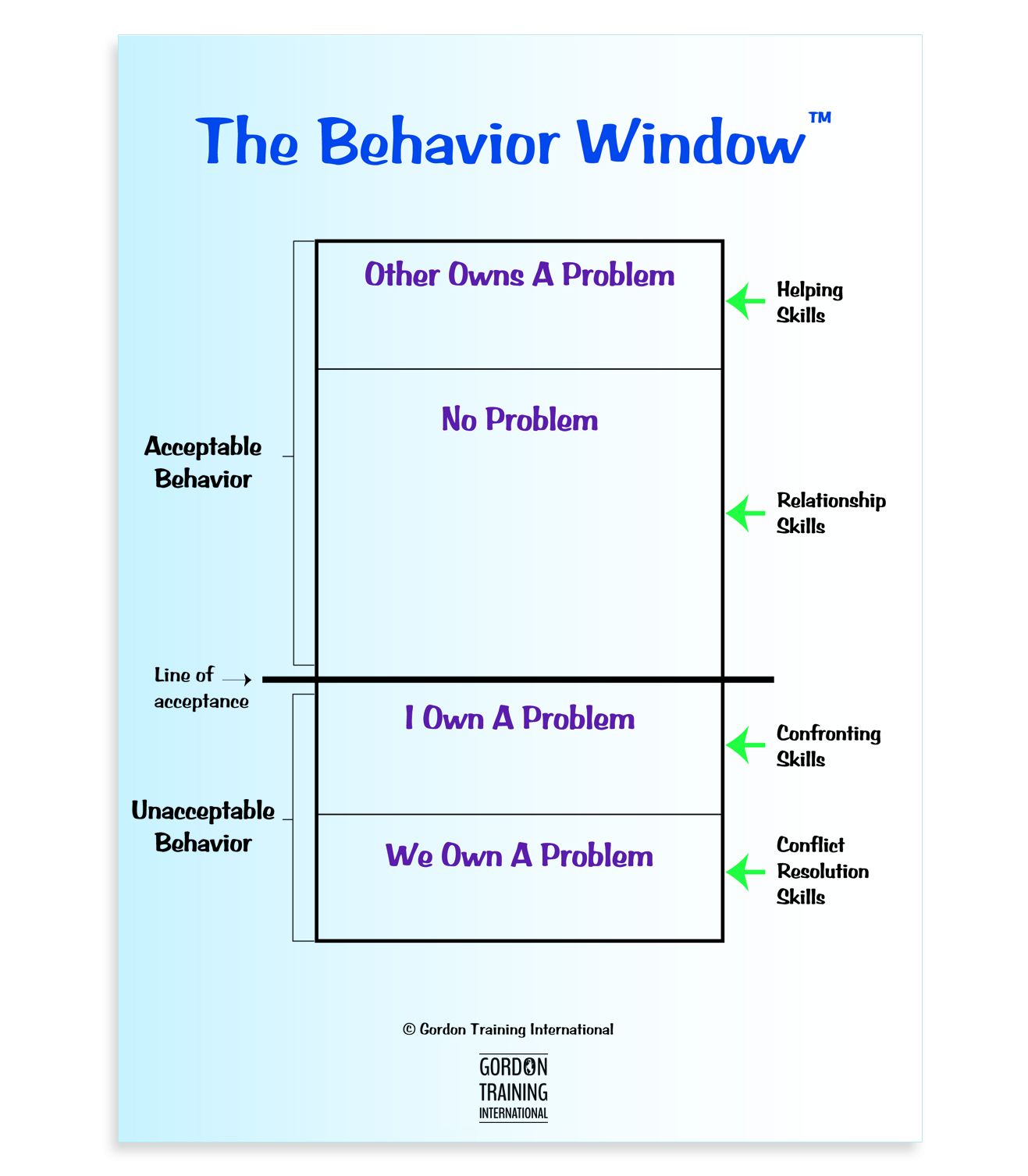Respectful, No-Lose Communication in Important Relationships
Robert Frost, Mending Wall
 Something there is that doesn’t love a wall
Something there is that doesn’t love a wall
…
we meet to walk the line
And set the wall between us once again.
We keep the wall between us as we go.
…
He is all pine and I am apple orchard.
My apple trees will never get across
And eat the cones under his pines, I tell him.
He only says, ‘Good fences make good neighbors.’
….
‘Why do they make good neighbors? Isn’t it
Where there are cows? But here there are no cows.
Before I built a wall I’d ask to know
What I was walling in or walling out,
And to whom I was like to give offense.
————
It’s that last part.
Boundaries in the physical world: Usually, helpfully, they’re visible–say, for example, a fence, a door, a canyon or an ocean.
They are clear. You see them coming, out there in the distance. Very few fences and walls are invisible.
They let you know what, where, and when to expect the end of the road ahead of time.
Finally, most of us understand: Go beyond the boundary, or approach the boundary recklessly, and there may be consequences. The consequences may be…severe.
But in the realm of human relationships, the language of boundaries is frequently much…squishier.
Boundaries are often impossible to find, like a long-lost minefield, only discovered and marked retroactively, after the lines have been crossed.
And now there’s already a Problem.
The people who have crossed the Boundary now find themselves in a no-man’s land: They certainly didn’t intend to go where they were not welcome, but no signs were posted.
Frost’s meditation about the wall he shared with his neighbor–and his reflection about not quite understanding why it was there–a good place to start thinking of a better tool for managing relationships that matter to us a great deal.
We can leave some things unspoken and unexamined, like fences we share with neighbors we see once a year. Others deserve more care and attention.
Why “Boundary” Protection/Enforcement Can Hit Us Wrong
Quick: How do you feel when you hear “That’s outside my boundary” or “A boundary has been crossed?”
- Safe or unsafe?
- Calm or tense?
- Cooperative or defensive?
- Open or suspicious?
When we’re negotiating relationships with people we care about, talk about boundaries is the last stop on the communication train, not the first. Walls keep out invading armies, and boundaries keep out the enemy.
Talk of boundaries raises hackles. It can’t really help it.
Boundaries are a signal we’re in the Problem Zone.
It’s tough to move on constructively from a boundary violation because let’s be honest: Nobody likes to hear they’ve just been identified as a hostile force.
The Behavior Window: An Alternative Model
The Behavior Window, part of the Gordon Model, defines problem ownership and responsibility. It’s as simple as that. (It’s not an act of war/boundary violation; it’s just a cleanup on aisle 5.)
Windows, unlike walls, open and close. They are adjustable. They offer a bit of breathing room.
In the Gordon Model, the Behavior Window can be used when people value their relationship (at any point before a boundary violation) to help proactively communicate.
What is key is figuring out whether there even IS or in this case, WILL be problem. A great deal of helpful no-problem communication about boundaries can happen before they’re ever approached.
I’ll use this scenario to demonstrate: Let’s say you and a colleague need to meet in person and you’re working with them to set up a time and place to do that.

In the “No Problem Area”, Preventive I-Messages can provide plenty of information ahead of time to lay a solid foundation about our preferences, needs, wants, and ideas–things that establish expectations about our day-to-day areas of acceptance regarding all kinds of behaviors that affect other people (e.g., being on time, where and when we eat meals, tidiness levels of surroundings).
These kinds of statements disclose needs and the reasons behind them: To go back to Robert Frost, they explain where walls are and why.
So to your colleague, you would send a Preventive I-Message like this: “I am vaccinated and I know you are too, but I would feel safer if we could meet outside, because of this darn Delta variant.” THAT my friends, is using the Window before the Wall.
(And if you encounter some resistance from your colleague, then you’d Shift Gears to Active Listening and together come up with a solution that meets both of your needs. It might be that you agree to meet inside but you’re wearing double masks, ask for a table far away from others, etc. Or you agree she will come to your house and she will get lunch to go on the way.)
It’s not that we don’t need boundaries. Especially with people in professional or official roles (who can be aggressive communicators rather than assertive communicators), strong boundaries may be healthy, appropriate and necessary.
But in personal and professional relationships you want to maintain and even strengthen, consider using the Window rather than a Wall.
There are always spots along the road–the road less traveled–in the No Problem Area where Declarative, Preventive, and Positive I-Messages can help to identify the existence of the boundary ahead of time–and more importantly, why it’s there.

